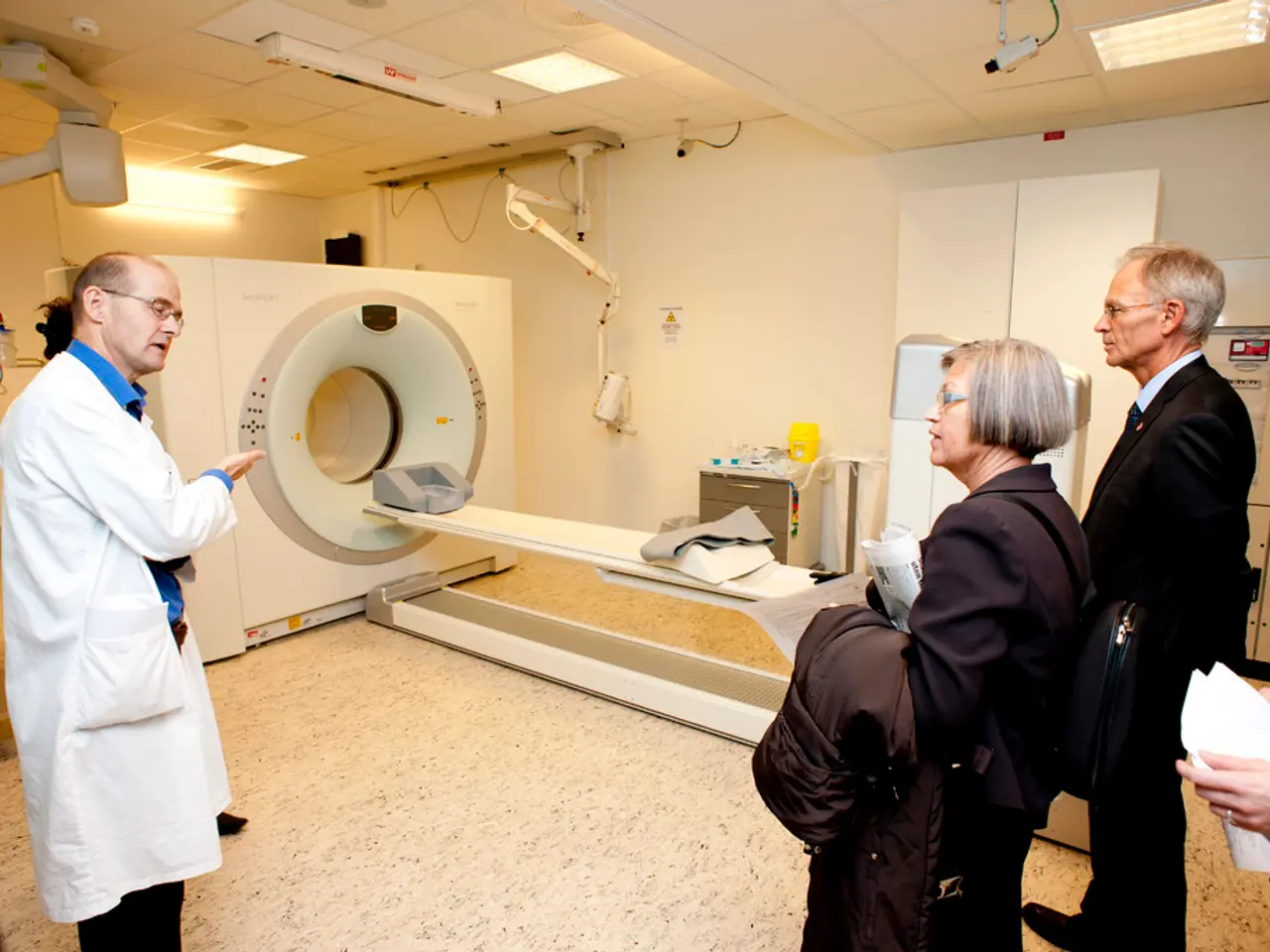Utilizing pattern mining techniques to analyze the relationship between cognitive judgments and eye movements during multimedia learning processes
================================================================================
A recent study has shed light on the relationship between eye movements and metacognitive judgments during multimedia learning. The research, however, did not specify the types of multimedia materials used or the exact methods used to measure metacognitive judgments.
The study focused on learners' eye movements when encountering conceptual discrepancies in complex multimedia materials. It distinguished between event-based (participants looking at specific areas of the content) and duration-based (participants looking at areas of interest for a medium or long amount of time) eye-movement dyads.
Interestingly, more fixation dyads were observed between the text and graph in content with text and graph discrepancies. These dyads may be associated with lowered and inaccurate metacognitive judgments, suggesting that learners who engage more in these coordinated eye movements tend to report less awareness of their comprehension difficulties.
Sequential pattern mining and differential sequence mining were conducted on the students' eye movements as they learned with the multimedia materials. Sequential and differential sequence mining were used to analyze the students' eye movements during learning.
The study contributes to understanding behavioral indices of metacomprehension processes during multimedia learning. It begins to address how to identify these indices, which can help educators and researchers better understand how learners process and evaluate their understanding in complex multimedia learning environments.
However, the study did not discuss any potential implications or future research directions based on its findings. For more rigorous and detailed findings, one would typically consult experimental research published in cognitive science or educational psychology journals focusing on eye-tracking and metacognition in multimedia learning environments.
In general, eye-movement dyads during learning with multimedia materials containing conceptual discrepancies involve coordinated fixations or gaze shifts between discrepant information sources (e.g., text and image, or two contradictory concepts) that indicate active comparison or conflict detection. These dyads correlate with self-reported metacognitive judgments by showing that learners who engage more in these coordinated eye movements tend to report greater awareness of their comprehension difficulties and are more likely to engage in metacognitive strategies such as monitoring and regulating their learning.
If you are interested in learning more about this topic, I can help formulate a search strategy or locate relevant academic papers on eye-movement dyads and metacognitive judgments during multimedia learning.
- The relationship between science, especially in cognitive science and educational psychology, and eye-health can be explored further, as understanding eye-movement dyads during multimedia learning may have implications for health-and-wellness, particularly mental-health, as learners who engage more in these coordinated eye movements tend to report greater awareness of their comprehension difficulties.
- Technology plays a crucial role in this area, as data-and-cloud-computing and advanced techniques like sequential and differential sequence mining were used to analyze students' eye movements during learning, offering insights into learning and fitness-and-exercise routines.
- In the realm of medical-conditions, it is essential to consider the impact of multimedia learning on patients with specific learning disabilities or impaired cognitive functions, as they may display unique eye-movement patterns and require targeted interventions to improve comprehension and reduce potential confusions.
- Nutrition and diet can indirectly affect learner's eye-movement patterns and metacognitive judgments during multimedia learning, as proper nutrition is essential for overall brain function, memory, and focus, all of which are intertwined with metacognitive skills and fitness-and-exercise.




